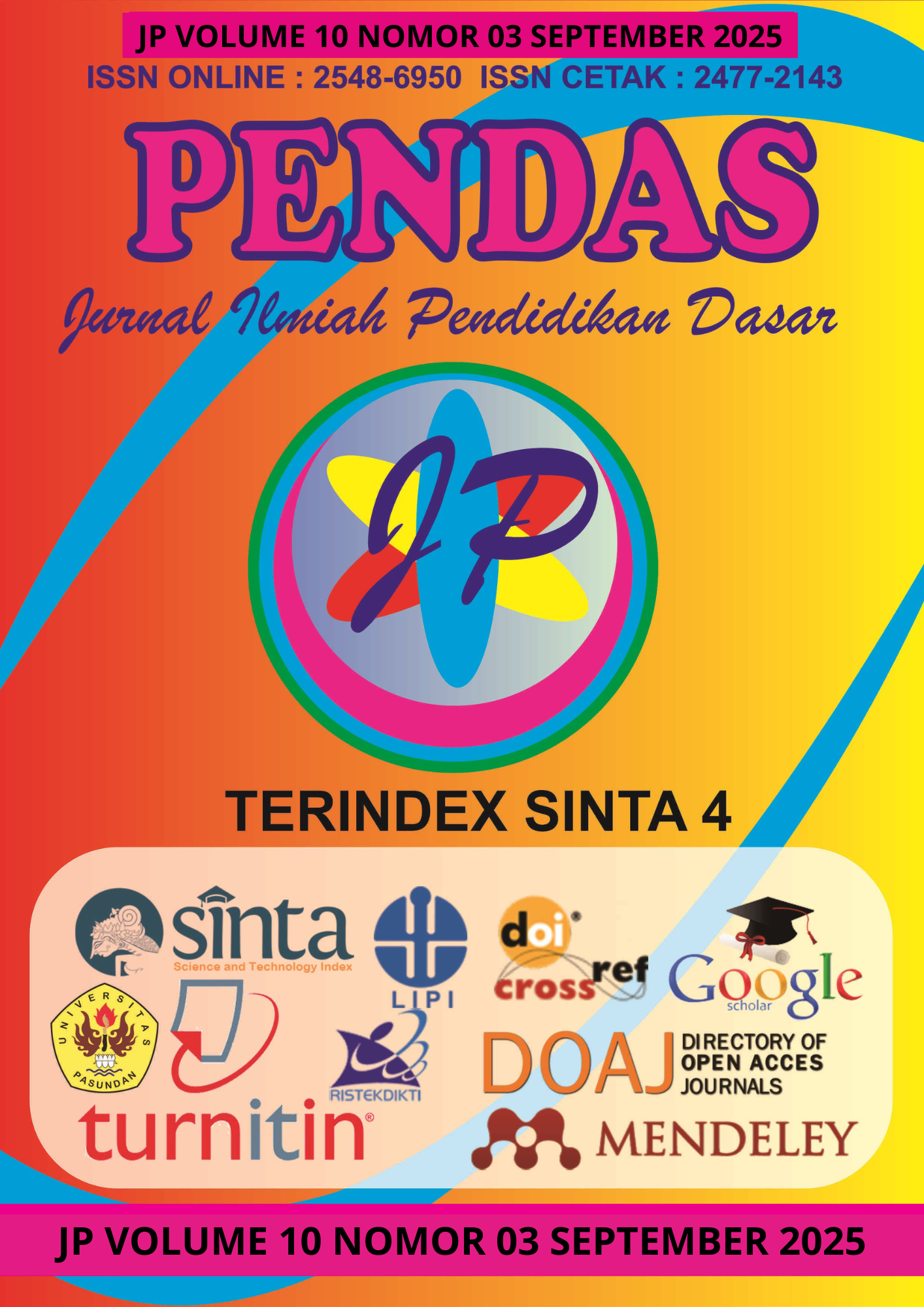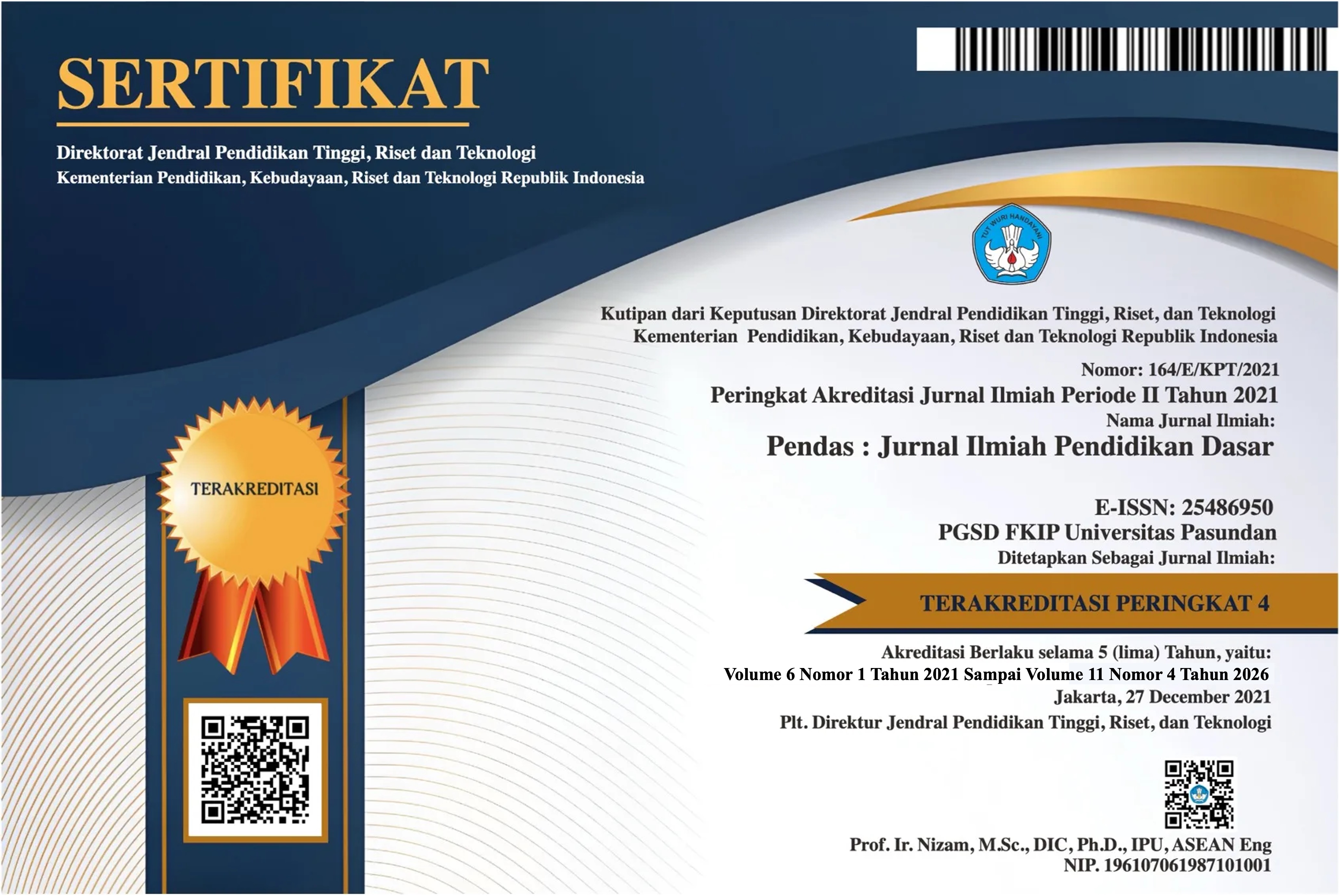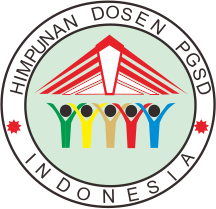MENGOPTIMALKAN PEMBELAJARAN BERDIFERENSIASI BAGI SISWA TUNARUNGU DI SEKOLAH DASAR
DOI:
https://doi.org/10.23969/jp.v10i03.28990Keywords:
differentiated learning, deaf students, inclusive educationAbstract
This study aims to analyze and optimize differentiated learning strategies for deaf students at the elementary school level. Inclusive education requires responsive learning adaptations to the needs of all students, including those with hearing impairments. This study uses a qualitative approach with a descriptive analytical method, which examines learning practices that have been implemented, the gap between theory and practice, and formulates optimal strategies based on differentiation theory (Tomlinson) and Universal Design for Learning (UDL). The results of the study indicate that existing learning practices still do not fully meet the needs of deaf students, especially in terms of communication, visual media, and appropriate assessment. Learning strategies that include the use of visual media, sign language training, collaboration with accompanying teachers, and the use of technology have been proven to increase the participation and learning outcomes of deaf students. This study recommends the implementation of planned and collaborative differentiated learning as the key to the success of inclusive education in elementary schools.
Downloads
References
Bogdan, R., & Biklen, S. K. (2007). Qualitative research for education: An introduction to theory and methods (5th ed.). Pearson.
Bronfenbrenner, U. (1979). The ecology of human development: Experiments by nature and design. Cambridge, MA: Harvard University Press.
CAST. (2018). Universal Design for Learning Guidelines version 2.2. Retrieved from https://udlguidelines.cast.org
Creswell, J. W. (2014). Research design: Qualitative, quantitative, and mixed methods approaches (4th ed.). SAGE Publications.
Gardner, H. (1983). Frames of mind: The theory of multiple intelligences. New York, NY: Basic Books.
Knowles, M. S., Holton III, E. F., & Swanson, R. A. (2015). The adult learner: The definitive classic in adult education and human resource development (8th ed.). New York, NY: Routledge.
Lincoln, Y. S., & Guba, E. G. (1985). Naturalistic inquiry. SAGE Publications.
Maslow, A. H. (1943). A theory of human motivation. Psychological Review, 50(4), 370–396. https://doi.org/10.1037/h0054346
Miles, M. B., & Huberman, A. M. (1984). Qualitative data analysis: A sourcebook of new methods. Beverly Hills, CA: Sage.
Rawls, J. (1971). A theory of justice. Cambridge, MA: Harvard University Press.
Skinner, B. F. (1953). Science and human behavior. New York, NY: Macmillan.
Tomlinson, C. A. (2001). How to differentiate instruction in mixed-ability classrooms (2nd ed.). Alexandria, VA: ASCD.
Vygotsky, L. S. (1978). Mind in society: The development of higher psychological processes. Cambridge, MA: Harvard University Press.
Yin, R. K. (2018). Case study research and applications: Design and methods (6th ed.). SAGE Publications.
Downloads
Published
Issue
Section
License
Copyright (c) 2025 Pendas : Jurnal Ilmiah Pendidikan Dasar

This work is licensed under a Creative Commons Attribution 4.0 International License.



















